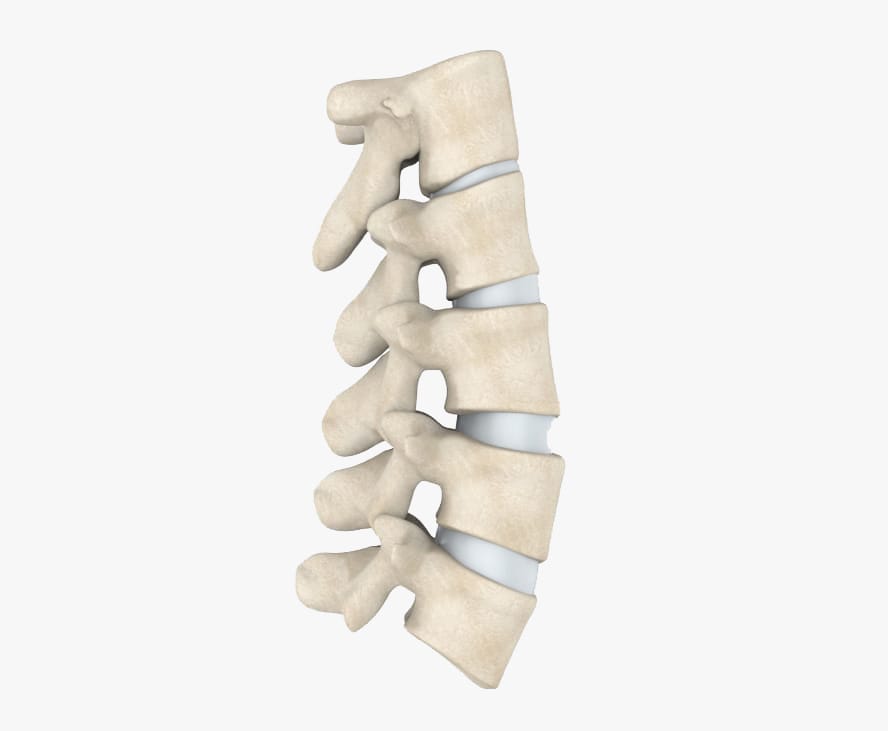The facet joints, along with the intervertebral discs, allow for motion in the spine. These joints are visible at the back (posterior) of each motion segment in the spine. Facet joints help the spine to bend, twist, and extend in different directions. The facet joints restrict excessive movement such as hyperextension and hyperflexion (e.g., whiplash). Each segment has two facet joints, one on each side. The superior articular facet faces upward and works like a hinge with the inferior articular facet (below). Like other joints in the body, each facet joint is surrounded by a capsule of connective tissue and produces synovial fluid to nourish and lubricate the joint. The surfaces of the joint are coated with cartilage that helps each joint to move and glide smoothly.
Depending upon your genetic risk factors, everyday wear and tear, and/or trauma to the joint, the facet joints can develop arthritis just like any other joint. Arthritis of the facet joint (arthropathy) can be painful and lead to other issues in the spine including instability and facet joint cysts that can pinch nerves.

Diagnosis is made from your symptoms, history, physical exam, and MRI imaging. Treatment is dependent on the severity of symptoms, but often initially includes non-operative treatment such as formal physical therapy, anti-inflammatory medications, and activity modifications.
If your condition does not improve with conservative treatment, Dr. Stieber can suggest surgical solutions to relieve pain and increase level of function. If surgery is required, Dr. Stieber offers expertise and a variety of treatment options utilizing minimally invasive techniques.
© Stieber MD. All Rights Reserved. Designed & Developed by Studio III
Alternate Phone: (212) 883-8868